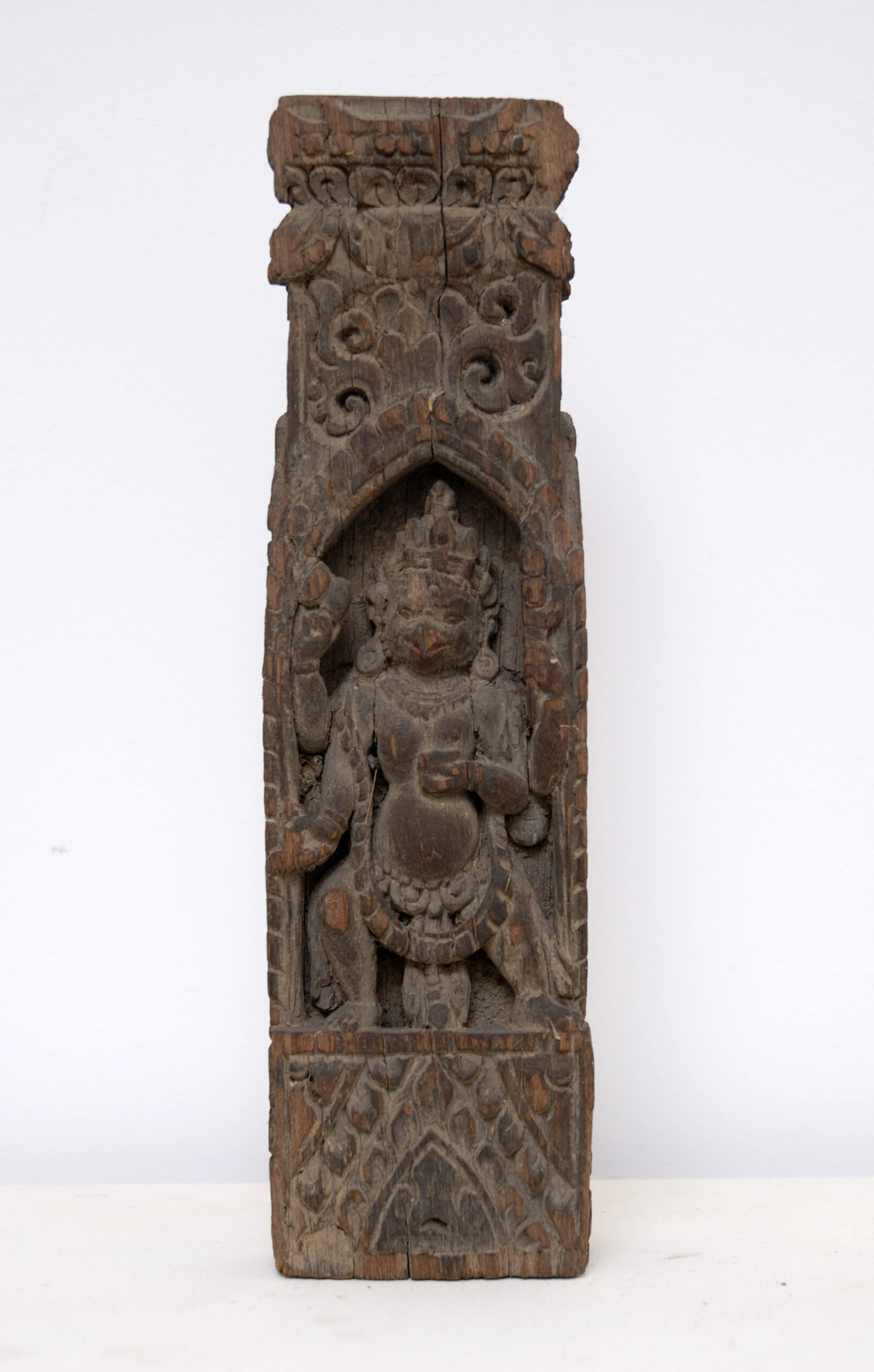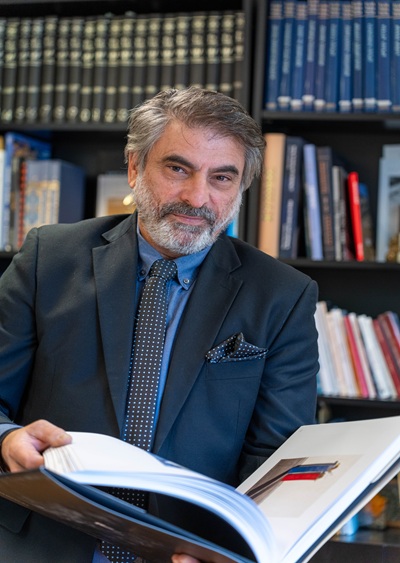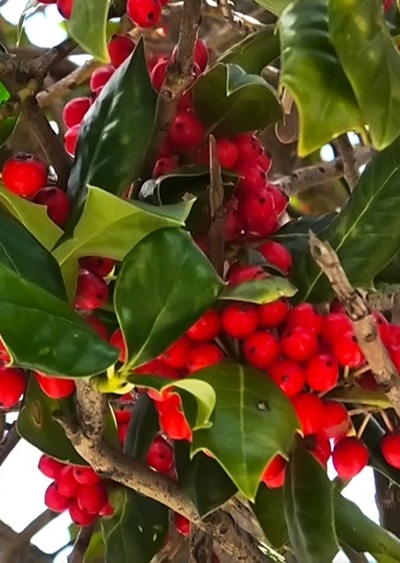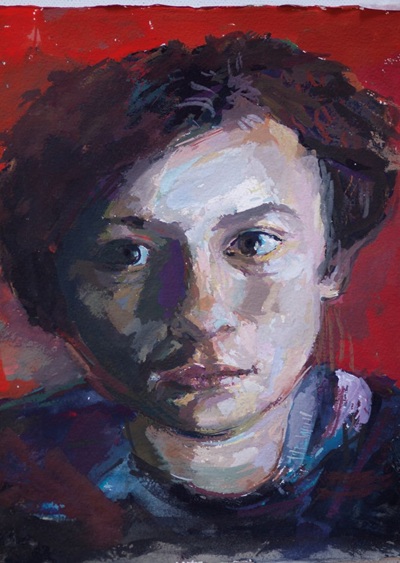
Nikos Hadjikyriakos Ghika had the opportunity in 1958 to make the trip of a lifetime, taking advantage of an invitation from the US government to participate in a sponsored international educational program. The program included a tour of the United States although he also traveled to Mexico on his own initiative. However, Ghika took the opportunity to continue his trip. From Hawaii he chose to return to Greece via Asia. Together with his future wife Barbara Warner, they wandered from the West to the East, with Japan, Hong Kong, India and Nepal as the main stops.
Following this journey, the exhibition is structured in two sections. In the first section we discover through the artist’s correspondence his ambitions for an international career, but also the support he received from artists, art lovers and art critics in Paris and New York. The section begins with the large-scale work Green and Silver, which was included in the artist’s first solo exhibition at the Iola Gallery in New York, and then follows Gikas’s footsteps on this exciting journey: Boston, Philadelphia, Buffalo, Chicago, New Orleans, New Mexico, Arizona, California, and Hawaii. During the trip, Ghika is constantly planning and taking notes on the cities he visits, the people he meets, the museums and universities.

The second section, alongside the sequence of locations (Japan, Hong Kong, Cambodia, Laos, India and Nepal), presents the theatre, music, dance and representations of Buddha in the countries of the East, as well as works created by Ghika before and after 1958, in which his influences from the traditions of the East are visible.
Through numerous drawings, manuscripts, travel brochures, books and objects, the exhibition presents all the stimuli that Ghika received at each destination, the images he saw, the people he met, the works or monuments that impressed him and how all these shaped his art and influenced his life.

The exhibition is accompanied by a luxurious bilingual catalogue that includes a foreword by the scientific director of the Benaki Museum, George Manginis, an accompanying text by art historian and curator at the EMST, Anina Valkana, and a wealth of photographic and archival material.















Leave A Comment